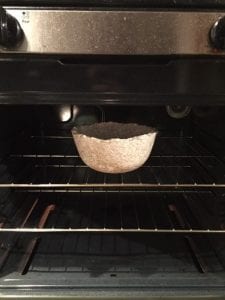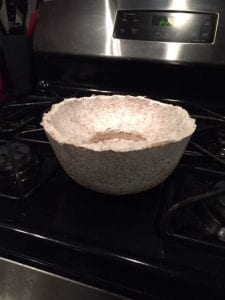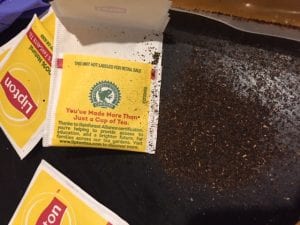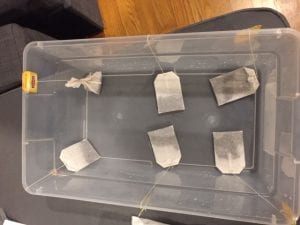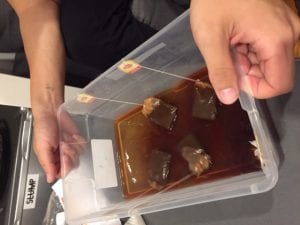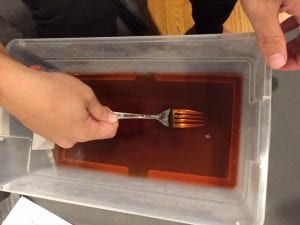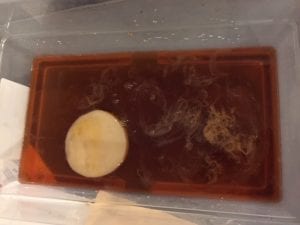The other week whilst wandering around Tompkins Square Park I noticed quite a few birds playfully gliding around the trees. This got me thinking about what they would need to maintain a comfortable existence.
Comfort comes from the food they can access and the places they can nest.
So this initially got me thinking about worms.
I looked into the conditions in which worms thrive and procreate and they are as follows (in no particular order).
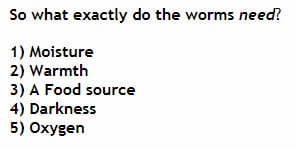
Many of these conditions were similar to those we discussed when growing mycelium…

so I sought to find resources which verified if worms can flourish in a mycelium mixture… although I didn’t find a concrete answer. The reference I did find likened worms to maggots, and then proceeded to maintain that beetles could populate the mycelium. Regardless I went on a whim and decided that Mycelium would be a suitable environment for an amalgamation of insect and bug populous as long as it had regulated oxygen, warmth, and moisture.
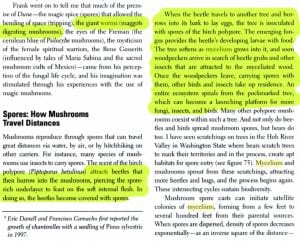
now you might ask “AJ how do you suppose you can regulate oxygen, warmth, and moisture” and I can’t say this would work for sure but I found some recent research regarding a new crystalline material which can store huge amounts of oxygen in small quantities.

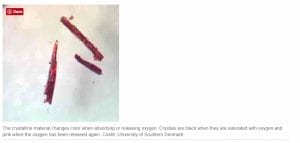
So using all this research I came up with a design for a somewhat self-sustaining ecosystem.
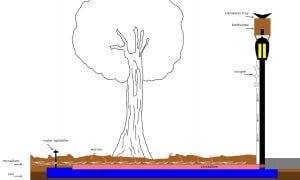
This is how it would function:
The rain would fall onto the mycelium mixture. Any excess water that doesn’t get distributed by the mycelium network would interact with the crystalline material forcing any stored oxygen out into the mycelium mixture. Any excess water after that could be stored in a small water tank connected to a tap or sprinkler for easy distribution. We could build a small and flush turbine piping system against park lights or poles which would flow oxygen down underground into the crystalline substance maintaining that it is always full of oxygen. As an added bonus the installation of shaded and noise proof birdhouses on top of this piping system would give birds a place to nest and enjoy the inevitable bug buffet that would form below. The mycelium would also break down any plastic left around thereby creating a safer environment for birds and animals to forage in the city.
References:
https://phys.org/news/2014-09-material-oxygen-air.html
Raising Earth Worms
https://www.mycopolitan.com/for-agriculture/
https://books.google.com/books?id=NPI8_-omzvsC&pg=PA123&lpg=PA123&dq=mycelium+attracts+worms?&source=bl&ots=3bmE1Xcj_F&sig=uKUD8gmo1fUvmR03tHOXWI–rEU&hl=en&sa=X&ved=2ahUKEwiks725gP3dAhWEwVkKHbNYB0sQ6AEwD3oECAEQAQ#v=onepage&q=mycelium%20attracts%20worms%3F&f=false
